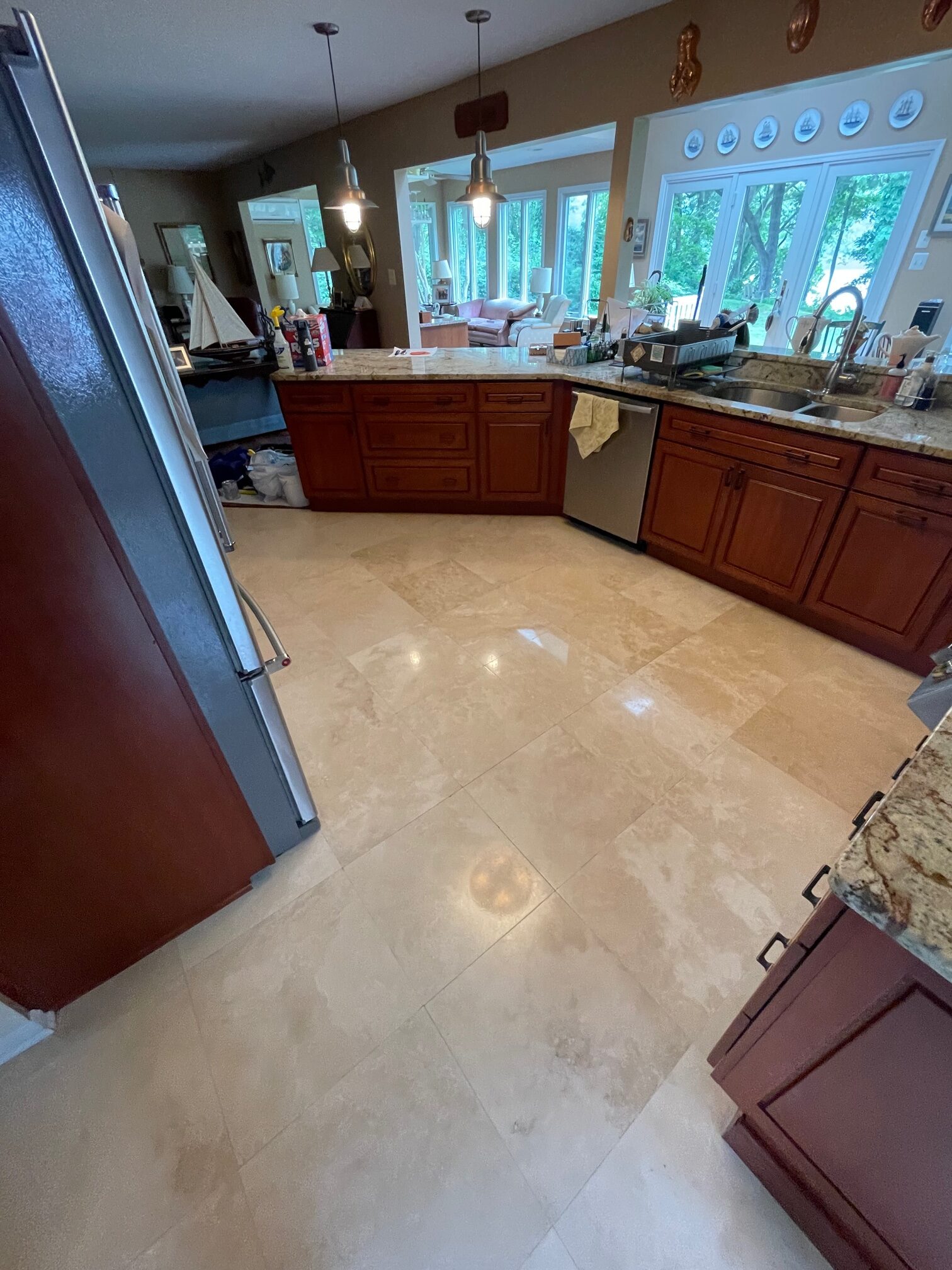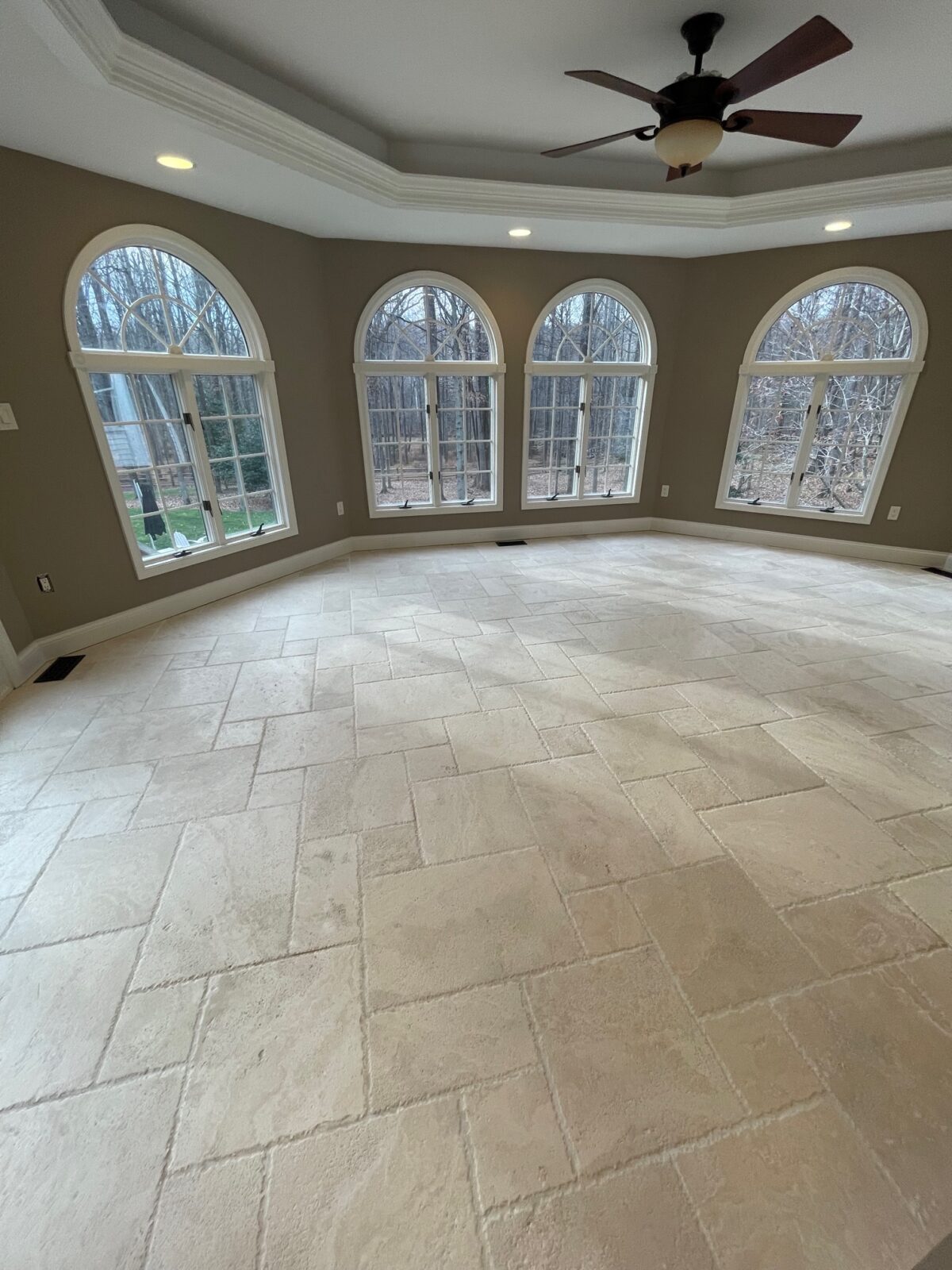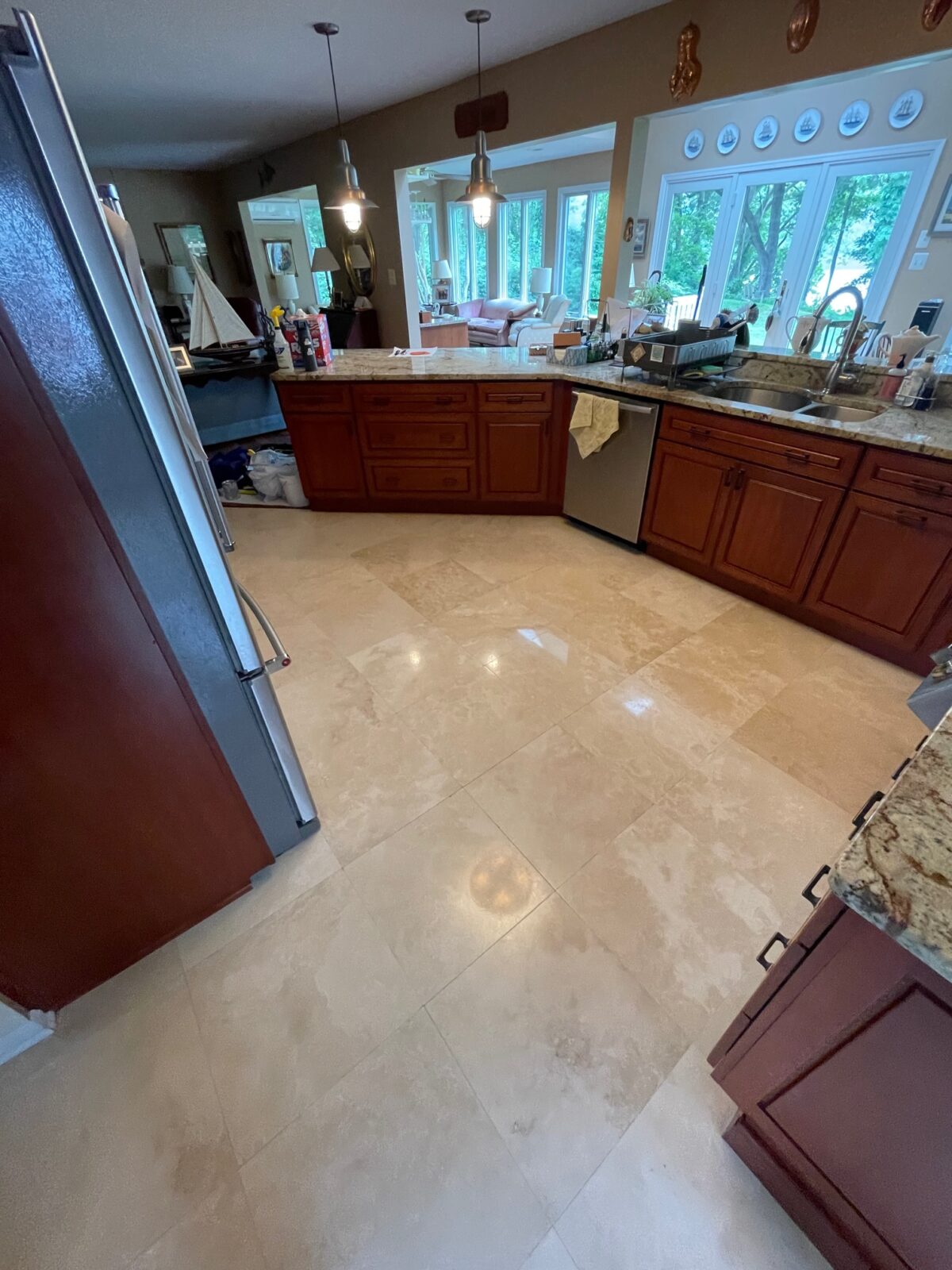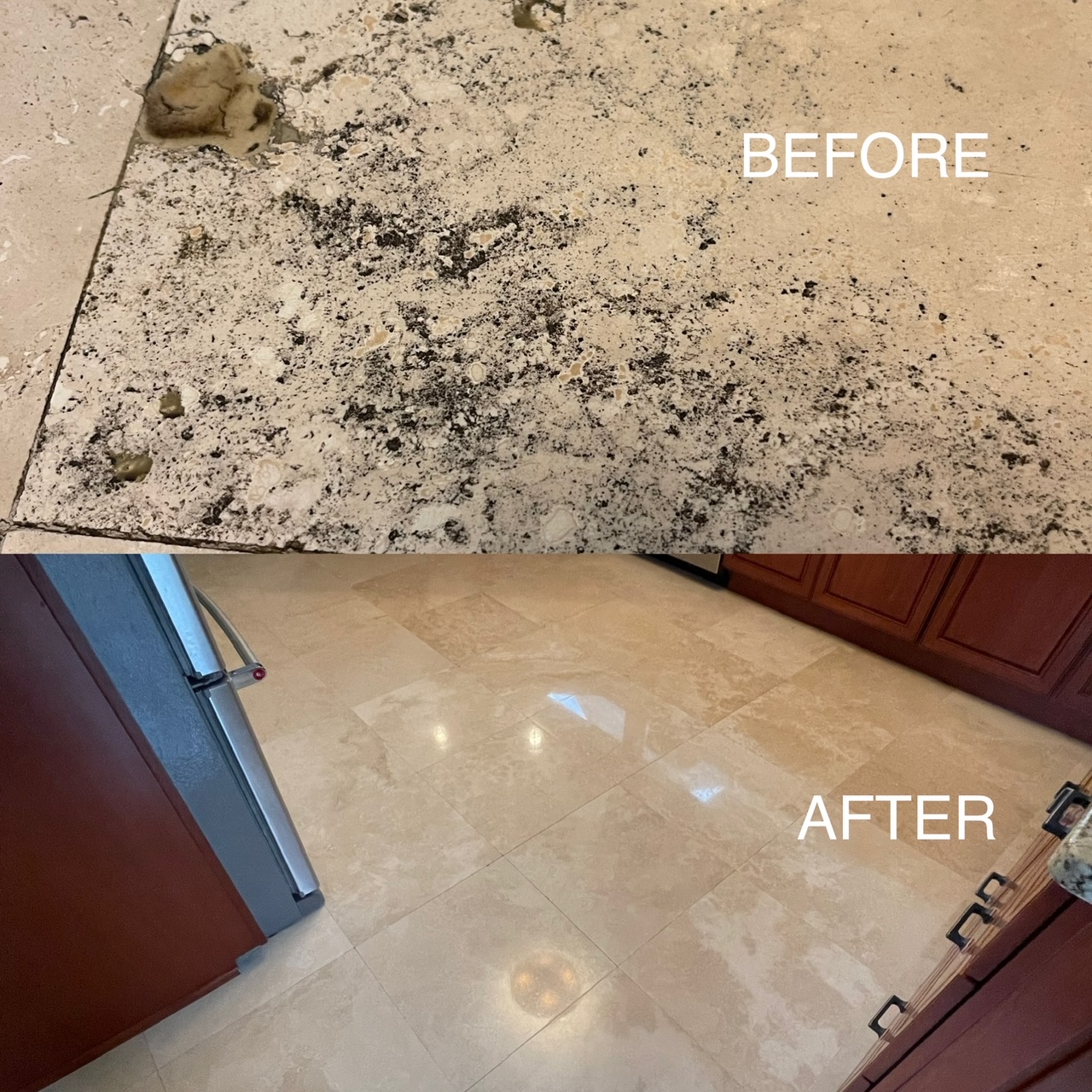Discovering Travertine: A Guide to This Stunning Natural Stone. Travertine is a natural stone that has been used for building and architectural purposes for thousands of years. From ancient Roman structures to modern-day homes and commercial buildings, travertine has proven to be a durable and beautiful material. In this guide, we will explore the history and characteristics of travertine and its uses in construction and design.
What is Travertine?
Travertine is a type of limestone that is formed from the precipitation of calcium carbonate. It is commonly found near hot springs, where the mineral-rich water deposits the calcium carbonate on the surrounding rock formations. This results in a unique stone with unique veining patterns, holes, and ridges, making each piece of travertine completely unique.
History of Travertine
Travertine has been used for building and architectural purposes for thousands of years. The ancient Romans were known for using travertine for their monumental structures, such as the Colosseum, the Roman Forum, and the Pantheon. These buildings have stood the test of time, showcasing the durability and longevity of travertine as a building material.
In modern times, travertine has become a popular choice for interior and exterior surfaces, including flooring, countertops, walls, and facades. Its unique veining patterns and textures add warmth and character to any space, making it a popular choice for both residential and commercial buildings.
Characteristics of Travertine
Travertine is known for its unique texture, veining patterns, and holes, which are formed as the stone is deposited in layers. This creates a unique look that is not found in other natural stones. The colors of travertine range from light beige to rich, warm golden hues, making it a versatile material that can complement a variety of design styles.
Travertine is also known for its durability and resistance to wear and tear. It is a strong and long-lasting material that can withstand heavy foot traffic, making it a great choice for high-traffic areas. Additionally, travertine is easy to maintain and can be polished or honed to restore its original shine.

Polished travertine floor
Uses of Travertine
Travertine is commonly used in construction and design for a variety of purposes. Some of the most popular uses include:
- Flooring – Travertine is a popular choice for flooring due to its durability and unique textures and patterns. It is a great option for high-traffic areas, such as entryways and kitchens.
- Countertops – Travertine is a popular choice for kitchen and bathroom countertops due to its beauty and durability. It is a great option for those who are looking for a natural stone surface that is both functional and attractive.
- Walls and Facades – Travertine can be used to add character and warmth to any space, making it a popular choice for walls and facades. Its natural beauty and durability make it a great option for both residential and commercial buildings.
Conclusion
Travertine is a beautiful and versatile natural stone that has been used for building and architectural purposes for thousands of years. Its unique texture, veining patterns, and durability make it a popular choice for a variety of construction and design projects. Whether you’re looking to add character to your home or create a stunning commercial building, travertine is a great option to consider. To find out more about natural stone industry, visit Natural Stone Institute website. Check out our project gallery section for more info and pictures.
We breathe life into your stone.




